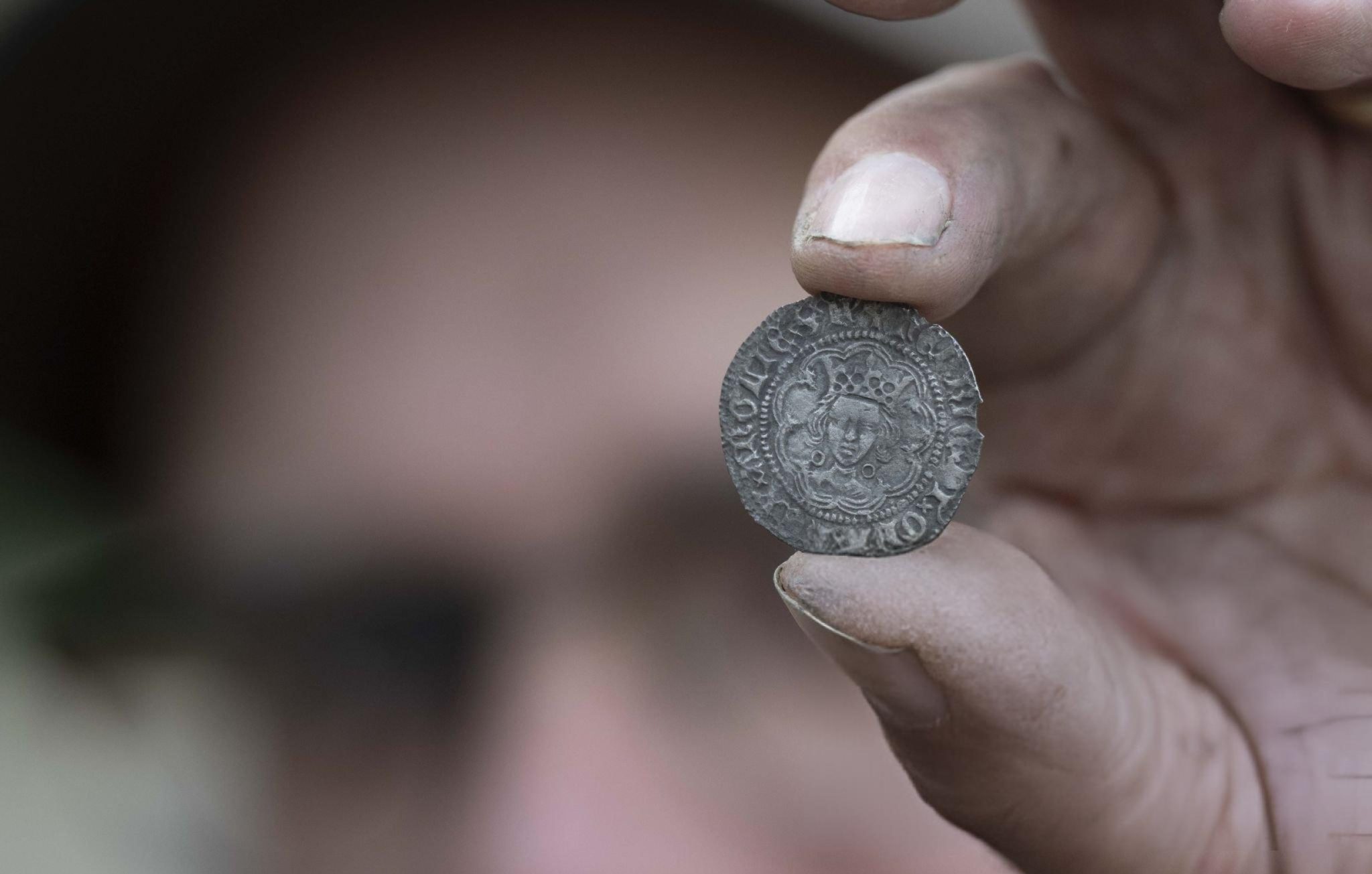Unstuck in the mud On the banks of the Thames, treasure-hunting hobbyists sift through London’s history.
Jason Sandy is impeccably prepared for his evening escapade. With a headlight strapped on, knee pads secured, thick gloves donned, and, most importantly, his wellies, he navigates the Thames’ muddy banks with practiced ease. Meanwhile, I struggle behind him in my trainers, slipping across the uneven terrain like a fledgling mudlark.
The scene is serene and almost haunting. A chilly mist clings to the air as the sun dips behind London’s skyline. Apart from the occasional seagull or passing boat, the riverbank south of Tower Bridge is deserted, save for the two of us. Sandy and I aren’t searching for anything specific—just something old and intriguing.
For 14 years, Sandy has been a dedicated mudlark, a hobby steeped in history and intrigue. The Thames, a tidal river, constantly stirs up its banks, revealing an array of historical treasures. In recent years, mudlarks have unearthed artefacts as diverse as Roman coins, a 400-year-old sword, and even a bronze statue of Emperor Hadrian’s head. As we explore, Sandy casually plucks an 18th-century perfume bottle from the mud—a modest but thrilling discovery.
The allure of mudlarking
For enthusiasts like Sandy, mudlarking offers more than just the chance to hold a piece of history; it’s a deeply meditative pursuit. “There’s something therapeutic about being here, focusing only on the ground,” Sandy remarks. Kristina, another mudlark, shares his sentiment. “The foreshore feels like another world,” she says. “I find peace there.”
Sandy’s passion for history enriches every moment of our expedition. As we traverse the Thames’ shoreline, he peppers our journey with historical anecdotes. Across the river lies a 1700s execution dock where infamous pirate Captain Kidd met his gruesome end, drowned by the rising tide.
The connection for Sandy isn’t purely academic—it’s personal. His ancestors migrated from Britain to Virginia in the 17th century, and his first mudlarking find, a tobacco pipe from that era, gave him a tangible link to his heritage. “I imagined it might’ve held Virginian tobacco from the 1600s,” he recalls. From that day on, he was hooked.
A hobby steeped in history
Mudlarking’s origins date back to Victorian times when it was a desperate means of survival for the poor. Children and women scavenged barefoot through the mud, seeking coal and driftwood to sell. By the 20th century, the practice had all but vanished, only to resurface in the 1970s with the advent of metal detectors. However, the Port of London Authority (PLA) quickly intervened, banning the sale of artefacts and requiring mudlarks to secure licences.
Sandy’s approach is more rudimentary. Armed with nothing but his eyes, hands, and a trowel, he crawls across the ground, overturning rocks and sifting through debris with precision. His trained eye distinguishes man-made shapes—“round and square objects”—from the natural clutter of the riverbank.
Midway through our expedition, Sandy spots a 17th-century brass currency token glinting in our torchlight. While I squint at the general area he gestures towards, Sandy quickly retrieves it, identifies it, and tucks it away. Moments later, he uncovers a fragment of a Roman mortarium, its purpose and era instantly clear to him.
A community under threat
Despite its growing popularity, mudlarking faces an uncertain future. During the pandemic, the number of mudlarking licences surged, with over 5,000 applications submitted. To manage demand, the PLA paused licence approvals and introduced annual renewals, forcing some mudlarks to the back of the queue. This bureaucratic shift threatens to end the decades-long pursuits of many hobbyists.
Sandy laments this change but remains focused on the river’s untold stories. “The Thames is a liquid history book,” he says. “Every object you find takes you on a different journey of discovery.”
Liquid history in every object
As the evening deepens, Sandy and I reflect on the Thames’ rich tapestry of history. Each section of the river offers a distinct glimpse into London’s past. Near the Mayflower pub, finds from the 16th and 17th centuries dominate, thanks to the bustling trade networks of the era. Further upstream, Roman relics are more common, and rumours persist of an armoured elephant buried in the mud.
While Sandy has yet to encounter such an exotic find, his discoveries include everything from Victorian wig curlers to the freshly shed skin of a boa constrictor. He’s even stumbled upon the occasional tragedy, finding three bodies washed ashore during his expeditions.
Back at the pub, Sandy shows me his makeshift museum—a box of Roman coins, engagement rings, and other treasures that offer a tactile connection to the past. Each piece carries a story, waiting to be uncovered.
Holding these objects, I imagine their histories: a sailor dropping his tobacco pipe, a distraught lover discarding a ring, a soldier missing his mark in a gunfight. For centuries, these items lay buried beneath the Thames, only to resurface as fragments of London’s vibrant and storied past.
As we part ways, I feel the pull of the river and its treasures. For Sandy and his fellow mudlarks, the Thames isn’t just a river—it’s a timeless portal, offering glimpses of lives long gone.






